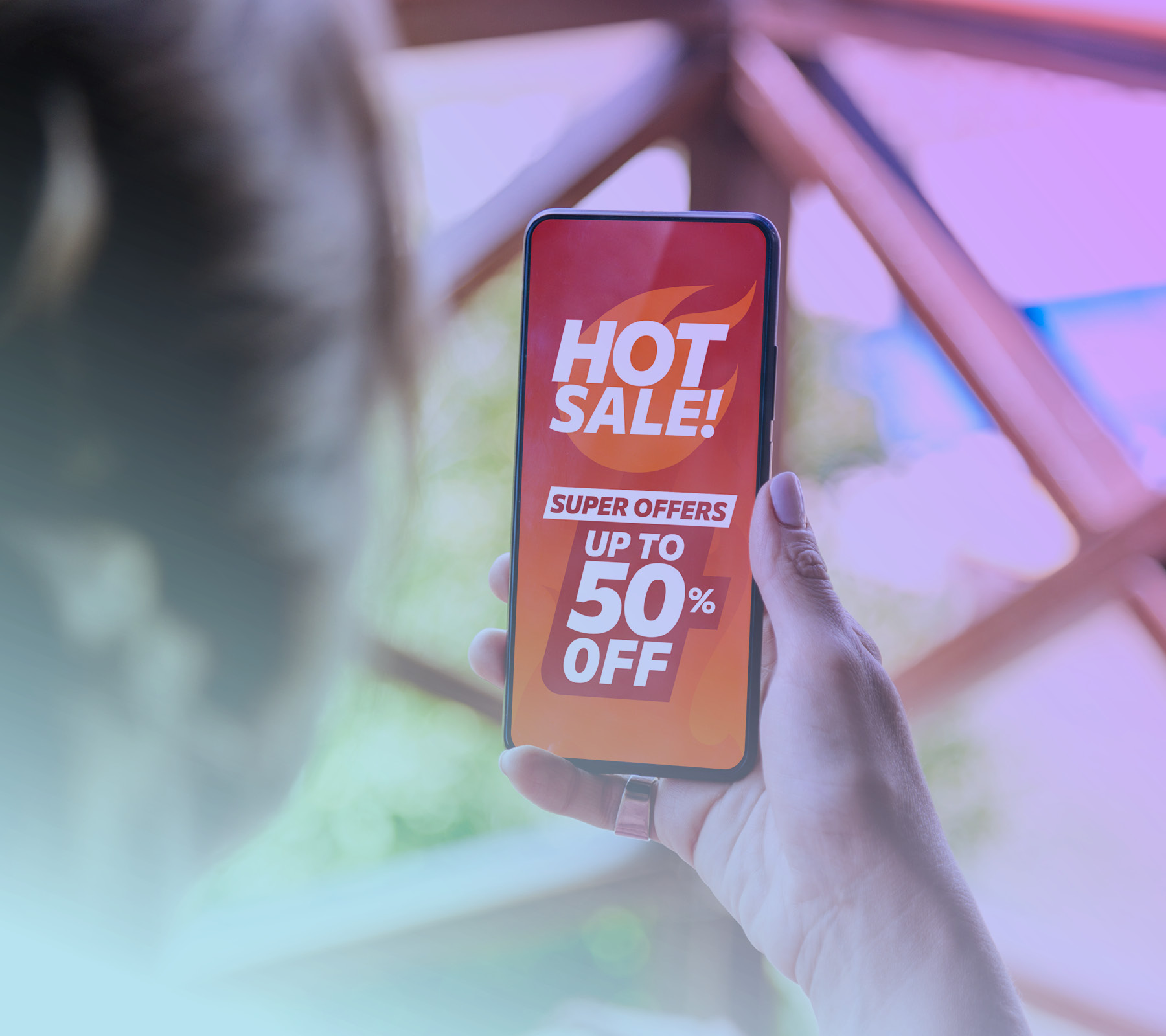Language
You can read the magazine in one of the following languages
As the tailwinds of 2022 turned into headwinds in 2023, there’s been less talk of growth in the ecommerce space and more talk of consolidation – and in some cases, survival.
In Australia and around the world, ecommerce was driven by inflation during the COVID-19 pandemic. In short, physical stores were closed and governments handed out lots of cash, while unemployment remained lower than expected. The people were encouraged to spend and spend they did – online and in droves. Online retailers boomed, and many average ecommerce brands made a lot more money than they otherwise would.
Fast forward to 2023 and the Australian Government and Reserve Bank were desperately trying to retract all that spending they encouraged the year before, via aggressive interest rate hikes and negative press, in a bid to curb inflation. Stores reopened and retail went backward by 0.8 percent in June, according to the Australian Bureau of Statistics.
However, it’s far from all doom and gloom. I’ve never seen so many people sign up to my course, Learn Ecommerce, to try their hand at starting a new online business. As we commence a new year, there’s plenty to look forward to.
To start with, I think AI will become mainstream, not just a novelty. Ecommerce businesses can use ChatGPT to power chatbots that assist with customer enquiries, in a tone of voice trained to be ‘on brand’, pulling from a library of frequently asked questions and previous customer interactions.
Integrations between ChatGPT and other platforms like Canva have been able to help small businesses create content quickly, without the need to hire people. Search engine optimization copy can now be generated using ChatGPT and pasted into the many pages of each website to improve search engine rankings and reduce the need for copywriters, a task that is often sent offshore.

Copy for advertising and websites is now available within seconds using AI.
Copy for advertising and websites is now available within seconds using AI, not just using ChatGPT, in the form of features like Shopify Magic, which suggests product descriptions with one click. Shopify plans to launch its ‘Sidekick’ feature, which will automate many of the processes that were previously manual in back-end ecommerce operations, such as discounting slow-moving stock or merchandising best-selling products to the top of the page.
All of these features are more than just cool – they’re genuine process improvements. They will reduce overheads and allow some smaller businesses to level the playing field with their larger competitors.
While I think many of the early pioneers in green retail, like Flora and Fauna, Go for Zero and Green Friday would have had early battles with customers who say they’ll do one thing, but actually do another, I think 2024 and beyond will start to see some of the general population migrate to greener behaviors. And companies offering a greener alternative will reap the rewards.

I think 2024 and beyond will start to see some of the general population migrate to greener behaviors.
You only need to look at the banning of certain plastics to realize this is when, not if. Going green is a way for businesses to think about differentiation in a competitive market.
Watch out for a rise in green alternatives to everyday products – that’s the key, not reinventing the wheel, but thinking about commercial opportunities to monetize green products. Think about what has been banned, including everyday products such as plastic bags. The green opportunity doesn’t have to be an electric vehicle, it could be staring right at you.
Social commerce will dominate and mobile shopping will take over. More people use TikTok than all the streaming services combined. Some YouTubers released an energy drink that somehow had a resale value of more than US$13 per bottle. Whether we like it or not, in 2024 you can’t say you aren’t good at socials – you need to get good.
Social media creators are looking for ways to monetize their following and partnering with brands, while savvy brand owners are going vertical and just becoming content creators.
On the partnerships side, paid media costs are rising, and many brands will seek collaboration between other brands and personalities to expand their reach and find a new audience.
Sometimes, finding a new audience is more than just changing your meta targeting – you need to prove to that audience that you resonate with them, and partnerships can do that more than ads, or at least in conjunction with ads.

One thing is for sure, if you don’t have some form of content creator on your team in 2024, you’re going to get left behind.
In the past year or so, Skechers had partnerships with Harry Kane, Kim Kardashian and Martha Stewart – three totally different personalities, with three totally different demographics. And boy, did it work. The company recorded record sales in the billions of dollars.
One thing is for sure, if you don’t have some form of content creator on your team in 2024, you’re going to get left behind. The train is not slowing down.
When it comes to mobile devices, more people already browse sites on their mobile, while the conversion rate is usually higher on desktop. That will change with the rise of better mobile sites, smart payment options and brands launching more apps using features like Tapcart.
SMS already gets twice the open rates that email does, which is no surprise, given that we’re glued to our phones. Find ways to communicate and sell to customers using their mobile devices in 2024.
Of course, one of the levers that will never change in retail is price – or should I say, perceived value. In tough times, the middle of the market often gets squeezed. Luxury sales don’t slow; in fact, luxury watch sales grew during the pandemic, while mid-priced watches declined.
In Australia, Aldi picked up market share from Coles and Woolies, as customers began hunting for a better deal when buying their weekly groceries.
You don’t want to be caught in a race to the bottom. Generally, I never want to be the cheapest at anything – that’s a stressful place to be.

There’s still plenty of money to be made in retail and it’s the agile brands that will prosper with the times.
The job as a retail business owner is to show value by having a clear value proposition. That doesn’t always mean cheap. That could mean that you’re positioning your brand as a need, not a want, by solving a small problem for people every day.
Remember, you don’t always need a new idea, but you do need a better idea.
I’m predicting 2024 to be one of the fastest-moving years in recent retail history, so strap yourself in and grab the opportunity to pioneer some of these early strategies. There’s still plenty of money to be made in retail and it’s the agile brands that will prosper with the times.

Paul Waddy
Contributor Collective Member
Paul Waddy is an award-winning ecommerce executive and strategic advisor to some of the biggest brands in ecommerce. He is also the global best-selling author of ‘Shopify for Dummies’, which reached number one in the retail category on Amazon US, and ‘Selling Online for Dummies’. Most recently, Paul turned his attention to helping small business scale to great heights with the launch of Learn Ecommerce, the digital platform that shares his proven strategies on how to build a profitable online business in under 90 days through on-demand courses. https://www.learnecommerce.com.au/
